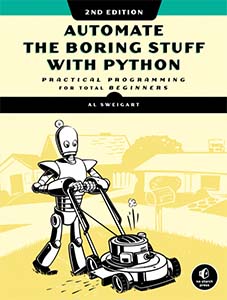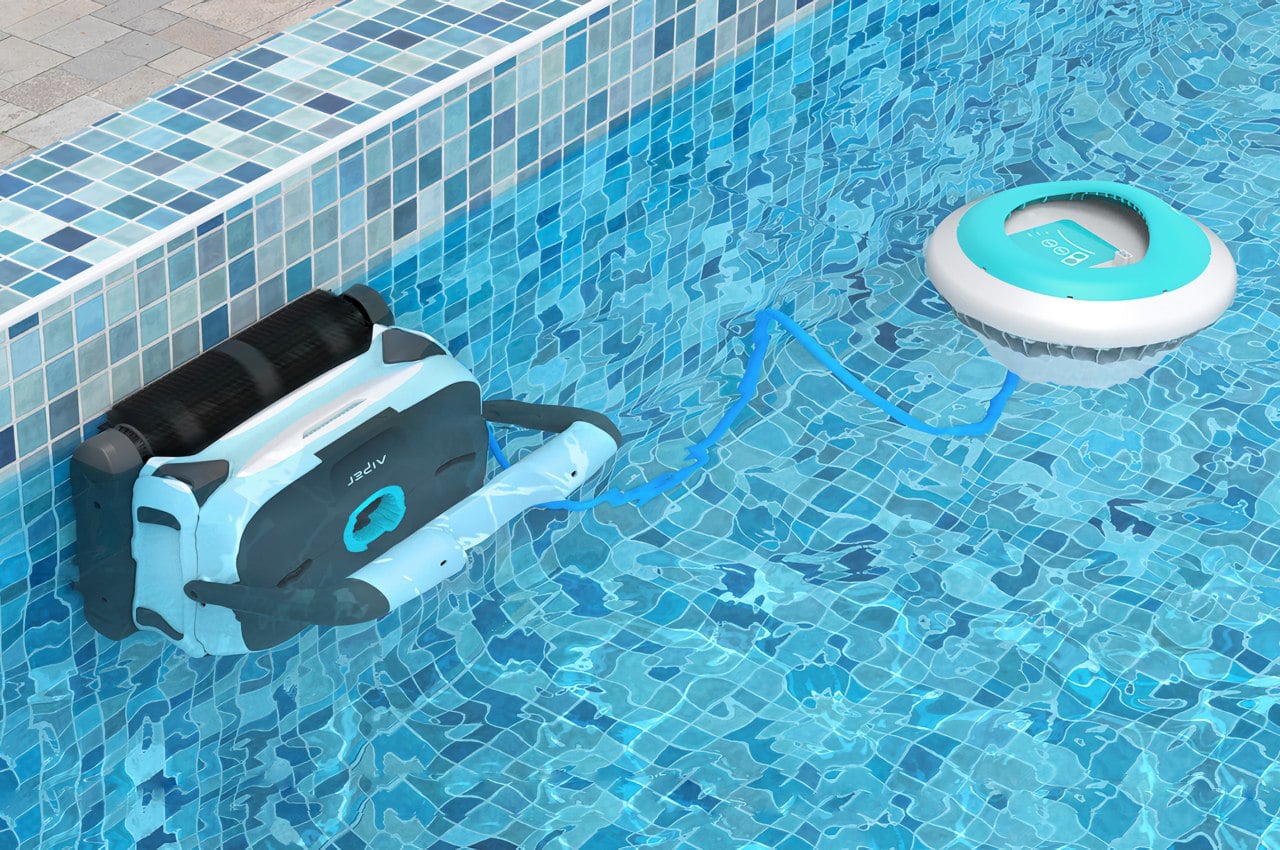
It’s spring, somewhat, here in Ontario. That means one day you can be out walking in the sunshine, admired all the blossoms, only to have a snowfall dump on you the next day. It’s a rollercoaster of a month. You could almost say that April rambles. Much like this newsletter. Here it is, once again! May you associate it more with sunshine than snowfall.
Pandemic: is the pandemic over? Well, the behavior of many seems to be, yes. I dunno. I still see enough hospitalization and deaths to say it is not. It seems we are in a state where most people can avoid the worst, but still get sick. Sometimes repeatedly, as this shows. And what happens as you try to move on? Well, as airlines have shown, the ones that dropped mask requirements are now suffering staff shortages. Meanwhile, we are seeing soaring covid infections among health care workers. And places that did well during most of the pandemic, like Nova Scotia, are now getting walloped.
What should you do? Remember, you are more or less on your own now in the pandemic. I’d recommend sticking with masks and social distancing still. If you do still get COVID then here are two pieces on managing it yourself at home: this and this.
That’s for the short term. What does the long term look like? Well there’s this: Five reasons why COVID herd immunity is probably impossible, and this: Canada’s hospital capacity crisis will remain long after the pandemic is over. And then there is long COVID to consider. Not promising.
And let us not forget these things. A study in Nature says that COVID’s true death toll is much higher than official records. And when people say we should have handled things like Sweden did, here’s a reminder how badly Sweden did during the pandemic.
One last thing. I go downtown sometimes and see many places closed up. Like the many deaths that have occurred, there is a blindness to it, it seems. I find it throws me off, that we have gone through this terrible event and we are still dealing with it and yet there is a rush to act like it never happened and move on. It’s weird.
Ontario: In Ontario where I live, the province is gearing up for an election. The government is doing what it can to prepare to win the election, including releasing this budget and hoping it can win enough people over by things like eliminating some highway tolls. Let’s see. Meanwhile for those of you concerned about COVID in this province, here is the Ontario COVID dashboard to keep track of.
Ukraine: I don’t have to tell people that life in Ukraine continues to be grim. There are constant stories about it everywhere. Here is a snapshot that shows what life under the occupation by Russia is like.
Meanwhile Ukrainians fight. I support them and want them to be free and independent from Russia. There is nothing good about the situation, just degrees of bad. That’s why I find it is sad and remarkable with how many people in the West are war happy and get excited about shipping more and more weapons to Ukrainians. It may be a necessary evil, but it is an evil in the light of a greater evil.
As an aside, here’s what is happening to one of the few allies Russia has left: Belarus. It’s a place I am keeping an eye on. I suspect the last thing Putin wants is for stuff to go poorly there: he has enough trouble his hands (trouble he is solely responsible for).
USA: There is a weird thing happening on the right wing in the US with regards to moral panic. My belief is that it is a strong reaction on the right to the push on the left against transphobia and other such initiatives. Even Disney got swept up in all this talk about “grooming” and generally abusing kids. You can see part of it here and here . I have a theory that this is partly a blending of moral panic/bigotry and the rise of the Internet. In the days of early trolling there was this bizarre character that was used to accuse people and groups of being pedophiles. (Pedophile being the worst thing you could accuse someone of.) I suspect that right wing push, combined with Internet culture, has led to those accusations being used widely. Gotta love when the sewers of the Internet overflow into the general culture. (Not!)
The right in the US is also in some cases trying to restrict the use of abortion pills. These are all skirmishes on the broader culture war occurring down south, in places like Florida with its battle against “indoctrination” with things like this and this. All events to set up the governor of Florida as being the next Trump. That’s what culture wars stoked by politicians are about.
Speaking of Trump, the first family of corruption continue to make news with stories like this and this .
I had some other ramblings about the world, but frankly it is all too grim. Let’s change gears.
Elon Musk: yeah, no. The man is festering in attention as it is. You can get nonsense elsewhere.
Fun: I loved this: the museum of endangered tech sounds. We all know them! Speaking of sound, this is a very cool device.
Not fun but useful: do you have trouble finding a notary? It can be hard. If you need one, consider this. I also thought this piece on starling murmurations was great.
Finally, I think I need to switch this newsletter up soon. It has become too worldly, too worldweary. I appreciate you reading it: thanks for that. But you deserve better ramblings. I’ll try to do that. Meanwhile, enjoy Spring!







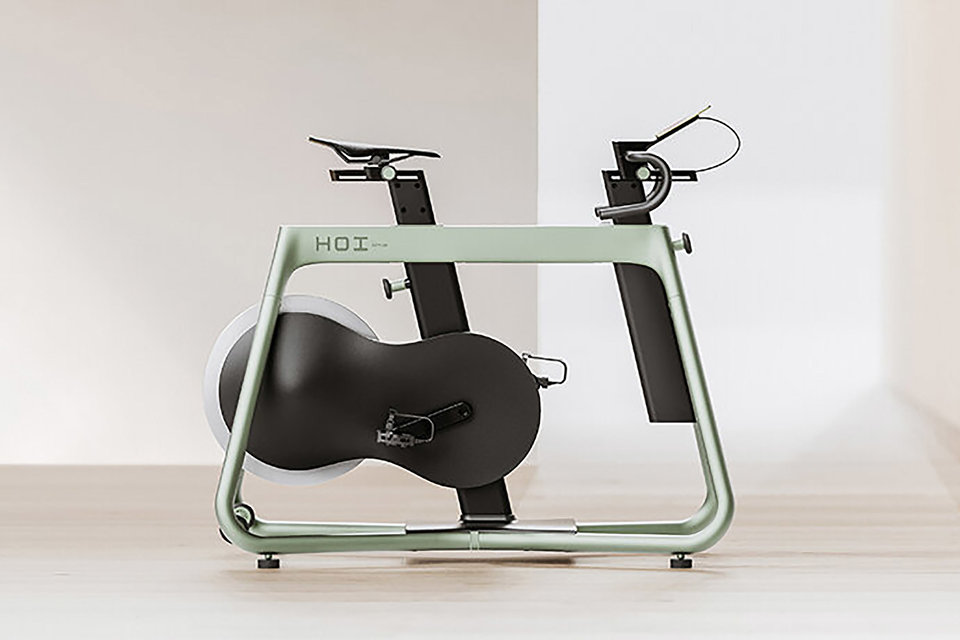





 So there’s a new
So there’s a new 




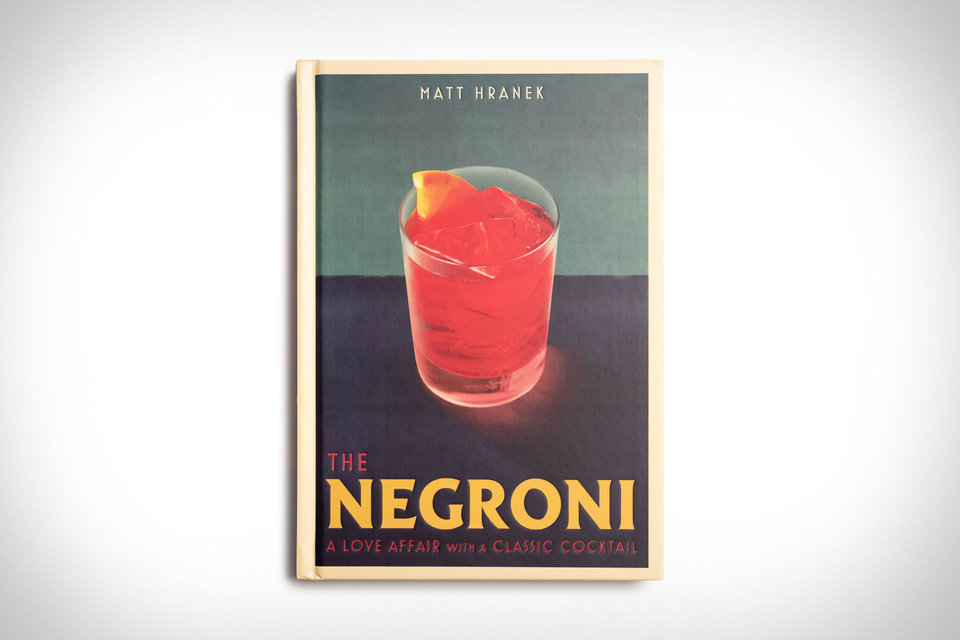

 Yesterday I wrote about DevOps. One of the things I emphasized there was that DevOps was more than Continuous Integration (CI) and Continuous Delivery (CD). And while I still think that, I also know that for many people, CI/CD is a very important part of DevOps. It’s important for me too. Here’s a list of things I’ve found interesting in that area that I thought were worth sharing:
Yesterday I wrote about DevOps. One of the things I emphasized there was that DevOps was more than Continuous Integration (CI) and Continuous Delivery (CD). And while I still think that, I also know that for many people, CI/CD is a very important part of DevOps. It’s important for me too. Here’s a list of things I’ve found interesting in that area that I thought were worth sharing:


 Amazon has a new robot coming out, and there’s been a number of reviews. Here’s a list of just a few of them:
Amazon has a new robot coming out, and there’s been a number of reviews. Here’s a list of just a few of them: Generally I think it is a good idea to keep it positive and light on twitter. I especially try and avoid political tweets. However, I found that hard to do this week. To stop myself, I kept a log of all the things I was going to tweet about but didn’t. The following is the log.
Generally I think it is a good idea to keep it positive and light on twitter. I especially try and avoid political tweets. However, I found that hard to do this week. To stop myself, I kept a log of all the things I was going to tweet about but didn’t. The following is the log.


 Recently the
Recently the 



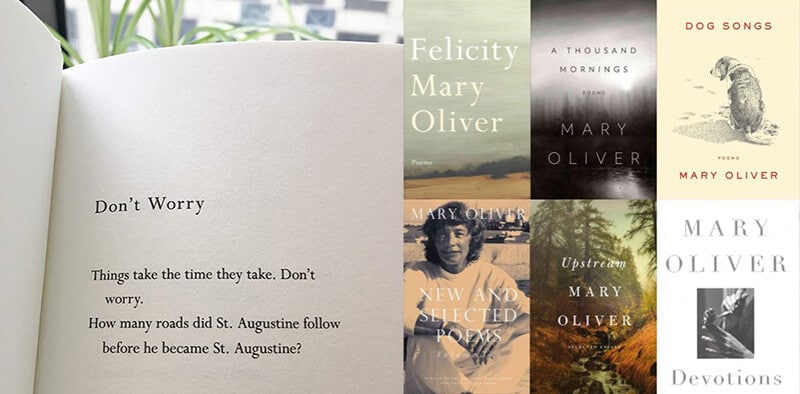


 Last week I had to chance to watch a number of indie filmmakers back to back. Besides Jarmusch, I saw Wes Anderson’s “The French Dispatch” and The Coen Brothers “Hail, Caesar”. (Not too long ago I also watched “The Squid and the Whale” by Noah Baumbach.)
Last week I had to chance to watch a number of indie filmmakers back to back. Besides Jarmusch, I saw Wes Anderson’s “The French Dispatch” and The Coen Brothers “Hail, Caesar”. (Not too long ago I also watched “The Squid and the Whale” by Noah Baumbach.)
